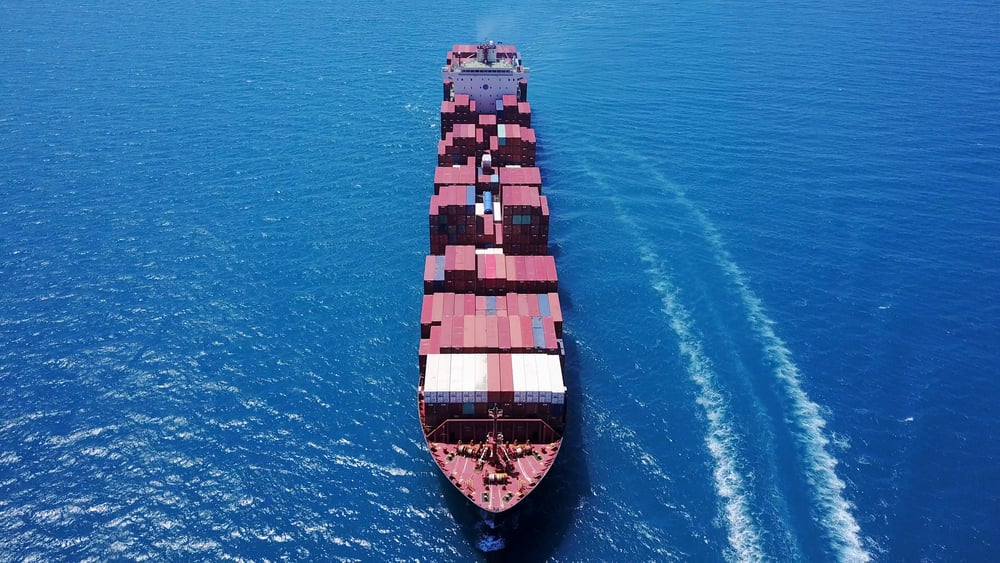To arrive at this projection, they started with a baseline of nominal vessel supply versus expected container demand growth and then systematically corrected the capacity data for four key factors: the long-term structural slowdown of vessels, the impact of port congestion, the capacity absorption from the Red Sea crisis, and a forecast for substantial vessel scrapping. The demand outlook on the other hand, is based on real world GDP growth.
This fully corrected model, shown in Figure 1, indicates that the global container market is set to shift from the recent period of capacity deficits, back into significant overcapacity. This is projected to peak in 2027 at a level comparable to 2016, a year remembered for the apex of a strong price war between shipping lines. While significant, this projected overcapacity is not as severe as that seen during the 2009 financial crisis. This forecast operates on the cautious assumption that the Red Sea crisis will be resolved by mid-2026, releasing a substantial amount of capacity back into the market.
The projection, however, is subject to major uncertainties. The forecast assumes a significant increase in vessel scrapping from 2026, eventually removing the 13% of the global fleet that is currently 20 years old or more. The timing of a resolution to the Red Sea crisis remains a critical variable; a prolonged crisis would continue to absorb capacity and mitigate some oversupply. Conversely, the ongoing US trade war presents a clear downside risk to demand, while the placement of even more new vessel orders could further exacerbate the coming overcapacity.
The post Sea-Intelligence sees shipping glut ahead appeared first on Container News.





